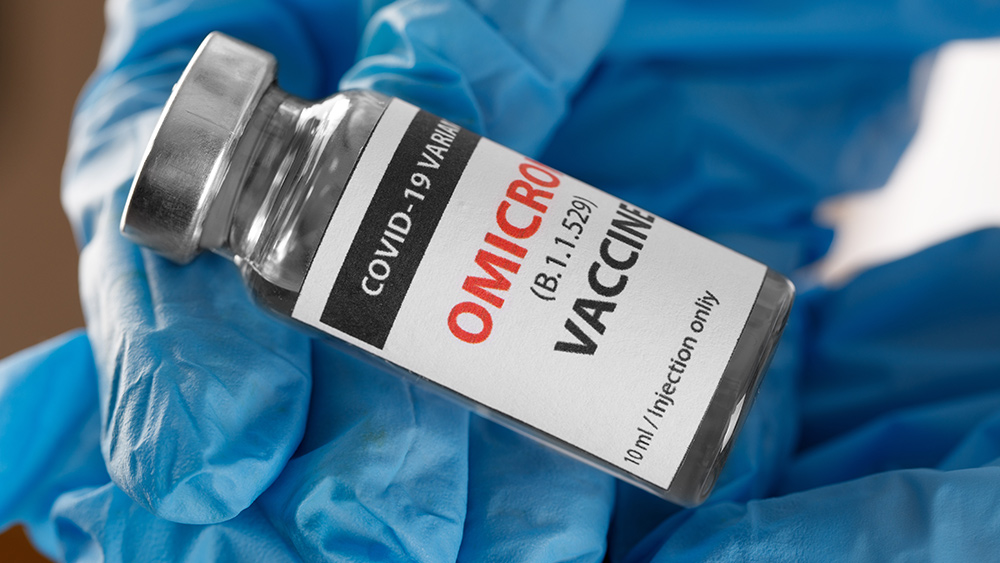How did they discover that? Researcher says platypus venom can help the pancreas produce insulin
05/11/2019 / By Ethan Huff

An Australian scientist has made quite the unusual discovery related to diabetes.
Professor Frank Grutzner, Ph.D., recently found that the venom released by the platypus, of all creatures, contains a unique type of hormone that can actually help the human pancreas to naturally produce more insulin.
Prof. Grutzner says he’s spent many years studying this strange, duck-like mammal, which he believes is among the most unique when it comes to mammals. Along the way, he’s also looked for clues as to how this special creature might benefit humans.
“Their biology is absolutely remarkable and different from other mammals,” he reportedly told Healthline. “I’m becoming almost obsessed with it.”
Within his specialized field of research, Prof. Grutzner has studied all sorts of amazing and unusual creatures, including the puffer fish. But he’s remained most focused on the platypus, which he says intrigued him from day one.
Resembling something of a duck combined with both an otter and a beaver, the platypus is one of only two mammals that’s capable of laying eggs. The platypus is also capable of detecting the electrical signals that pulse from the hearts of its prey, an ability that it uses to hunt for food.
In order to feed its babies, the female platypus doesn’t store up milk, but actually sweats it out of her body. And males bear special stingers on their heels which carry a venom that’s strong enough to paralyze small animals.
Intrigued by all of this, Prof. Grutzner and his colleagues decided to take a closer look at the genes of the platypus, through which they discovered that platypus venom contains a metabolic hormone known as glucagon-like peptide-1, or GLP-1.

As it turns out, GLP-1 is naturally produced in the guts of both animals and humans, functioning as a type of stimulant that tells the pancreas to generate insulin, as well as to lower blood glucose levels. But in humans, GLP-1 apparently degrades rather quickly, inhibiting the normal function of the pancreas.
“These hormones have a really short life,” Prof. Grutzner maintains, adding that “they degrade within minutes.”
“We saw within the platypus that there’s a change in the sequence that would suggest that it’s not degraded, and that was a big surprise because usually in a lot of other mammals you look at, it’s all the same sequence and it all gets degraded,” he contends.
What this all suggests is that platypus venom might be a natural solution to insulin and blood sugar woes, especially in patients with type 2 diabetes and other types of metabolic illnesses.
“We’re hoping hundreds of millions of years of evolution has fine-tuned this molecule,” says Prof. Grutzner. “What we’re hoping is it could be beneficial in this disease context.”
Could a carbon copy of platypus venom replace insulin shots for diabetics?
Editor’s note: We do not support the harvesting of venom from platypuses. We publish this story to show that Mother Nature has already developed “miraculous” molecules that even the world’s most advanced pharma scientists still haven’t been able to develop. If this molecule is useful, it can be synthesized without using live animals.
Prof. Grutzner’s discovery is great news for the more than 29 million people in the United States alone who currently suffer from diabetes. It’s also good news for many others with insulin and blood sugar problems, including the 88 percent of Americans who are currently metabolically unhealthy, who would prefer not to use synthetic pharmaceuticals as treatment.
“In type 2 diabetes, the body makes some insulin but not enough to keep the blood sugar normal,” says Dr. Rashmi Mullur, an assistant clinical professor in the Division of Endocrinology, Diabetes, and Metabolism at the University of California Los Angeles.
“The body has what we call ‘insulin resistance,’ which means that the insulin isn’t working correctly in the body. This occurs because of inflammation and toxicity from too much fat in the body. This is the reason why patients who are obese are more likely to develop type 2 diabetes,” he adds.
To keep up with the latest scientific breakthroughs for treating and managing diabetes, be sure to check out DiabetesScienceNews.com.
Sources for this article include:
Submit a correction >>
Tagged Under:
diabetes, diabetes science, discovery, insulin, natural medicine, pancreas, platypus, research, Type 2 Diabetes, venom, weird science
This article may contain statements that reflect the opinion of the author





















